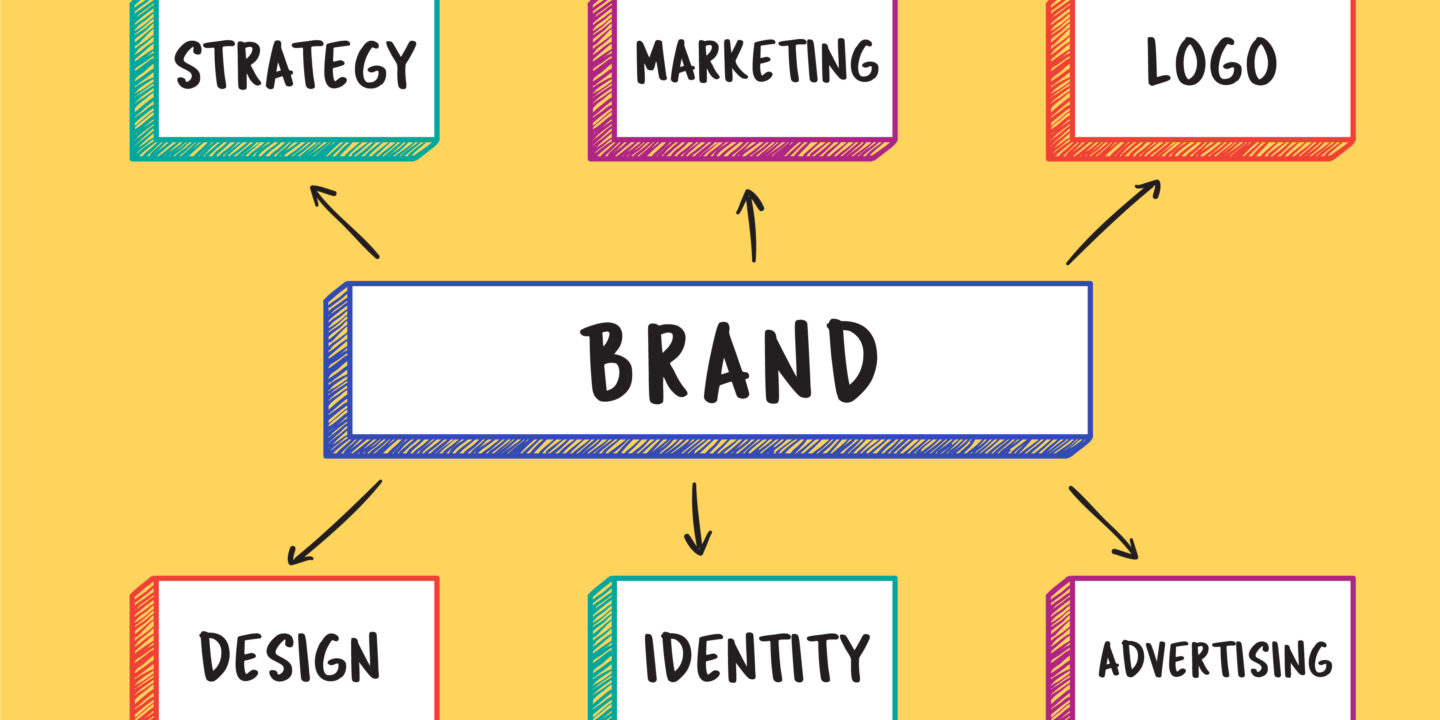
Brand maps are called correspondence maps, however, the term ‘brand map’ is at times utilized by advertisers and analysts to describe ‘perceptual maps’. you will get answer of what is a Brand map and important its.
Brand mapping is a poll that includes a list of qualities, a list of brands, and questions for clients. It helps organizations with assessing how great they are regarding developments, dependability, and valuing contrasted with competitors and sort out how clients and possibilities see their organizations and items.
Why brand mapping is important ?

Brand guides can truly assist with rejuvenating information which can in any case be overpowering.
Brand mapping is a wellspring of significant data for marketers. By making a visual display of information, you can acquire client experiences that will assist you with the further promoting strategy.
Most importantly, you can reveal how potential and current clients see your brand. Furthermore, you can disclose what consumers think or feel about your rivals. With brand mapping, you can recognize your main opponents and understand their competitive advantage.
With a brand map, you’ll have a clear image of your company, know your competitor, and how clients see them. Therefore, you’ll have a potential chance to change a system to reach at clients and hook their consideration, earn trust, or become an industry leader. You’ll also get a few important information about your brand positioning.
How to create your brand map ?
There are a few mandatory steps you should perform to do the brand mapping. You can develop a brand map as a piece of greater exploration or make it independently.
1. First Pick two parameters :
The initial step is to settle on your two boundaries. This will depend upon what data you have available, and which industry you’re in.
Assuming that you are making a perceptual/brand situating map online in light of the collective information and experience and suspicions of the market, you will need to choose parameters that are connected to your industry.
If you approach a statistical surveying study or center gatherings, you should pull that information and choose two parameters that can be compared.
Here are only a couple of instances of item classifications and their normal credits from Segmentation Style guide. You’ll take note of that cost isn’t referenced, as you should attempt to try not to involve cost as one of the axes as cost and quality are exceptionally between related and will slant the results.
2. Write a list of opponents :
You should identify the number and names of competitors you need to analyze in accordance with your image. Pick around 5-8 competitors to have an extensive investigation and client bits of knowledge into your brand and opponents.
3.Prepare with the right questions:
To get fundamental experiences into consumer conduct, you should relate your questions to ascribes. For example, in the event that you have a “reliable” trait, you can request that respondents evaluate the reliability quality level of each brand, including yours. Your clients should assess organizations on the list by using a 100 point scale.
4.Ensure you have something like 200 reactions:
To have a reasonable image of your company compared with competitors, you want to have at least 200 responses from clients. In a perfect world, you want to gather 1,000 reactions. Along these lines, you’ll have a rundown of associations connected with your business.
5. Rate your competitors :
To start working out your map, start by giving every one of your competitors a rating between 1-5, with one being the most minimal and five the highest, for both of your parameters. This will make it simple for you to plot them.

